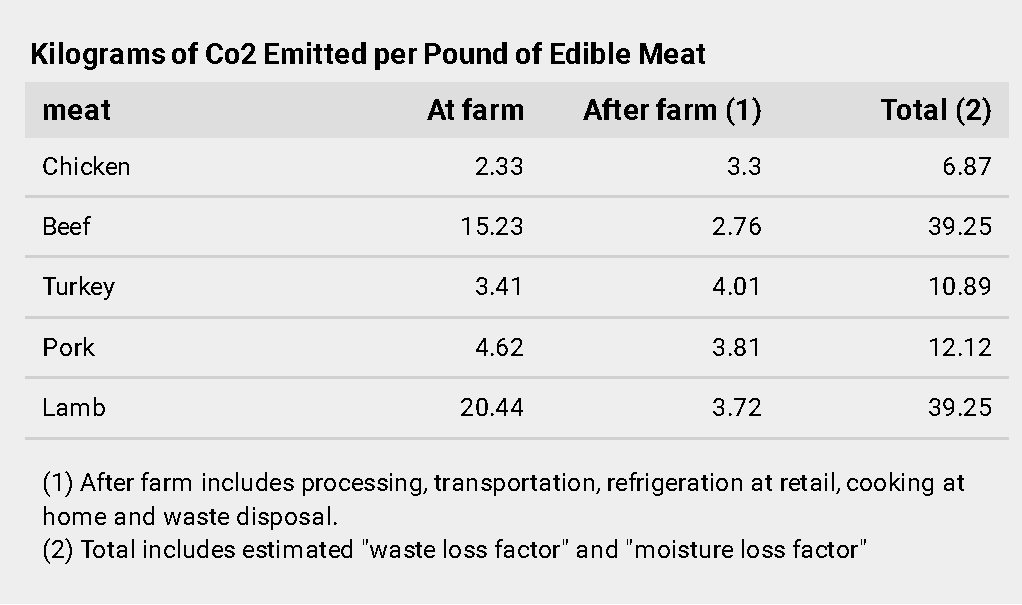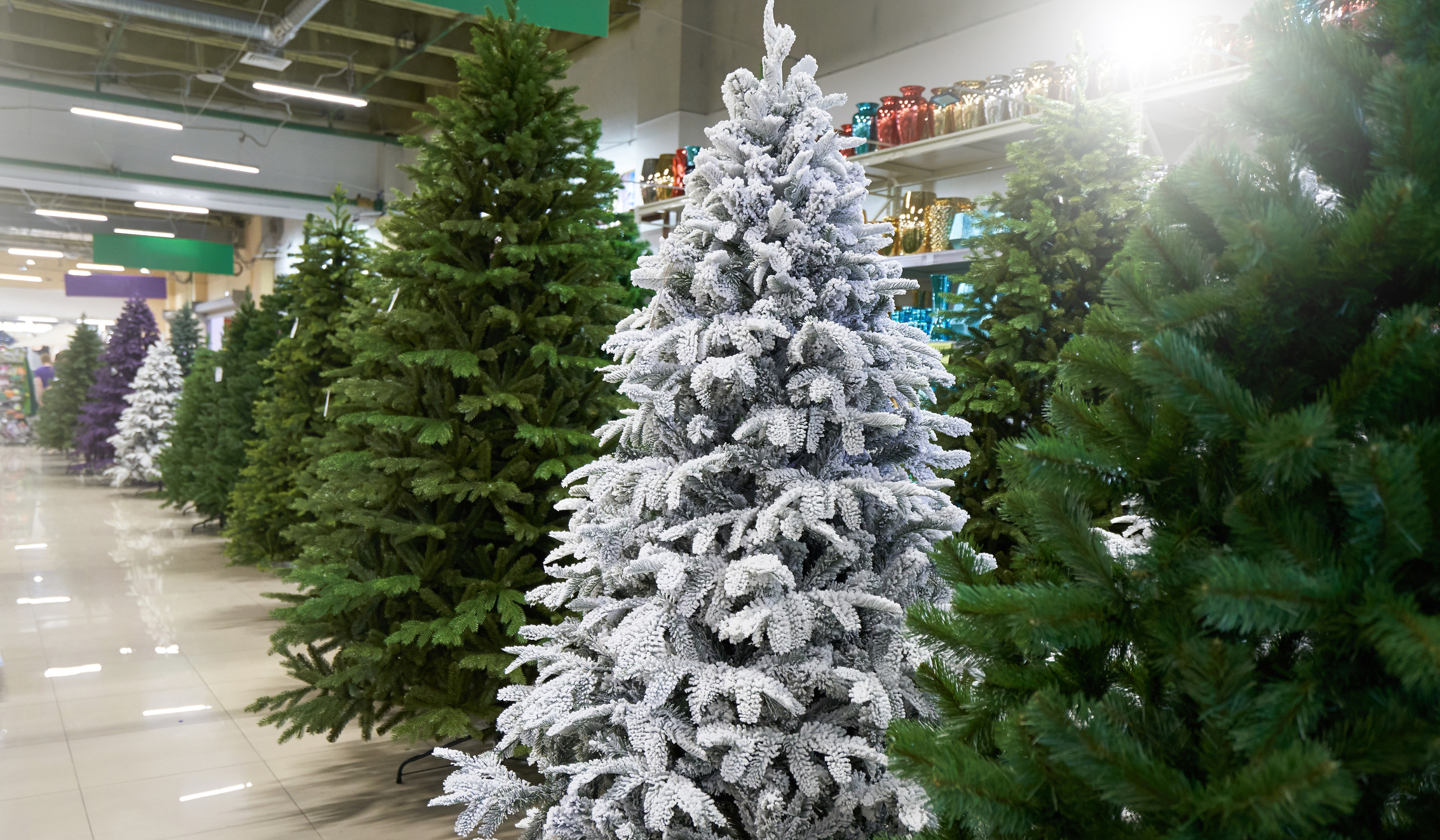This article was originally published in December, 2021. However, the tips within remain helpful!
Are you dreaming of a green Christmas? You can be less wasteful this year without losing any of the joy of the season. Here are some tips to make your holidays clean and green.
TRAVEL CONSCIOUSLY
We can’t all travel pollution-free on a flying sleigh pulled by eight reindeer, but we can choose least-harmful ways to visit loved ones for the holidays.
How we travel matters because, after a year of Covid loneliness, holiday travel rebounded this year. In a sign of what may be to come at Christmas, AAA forecast that the number of travelers over the Thanksgiving holiday this year would climb 13% over last year, to 53.4 million, or within 5% of levels before Covid hit. More than 90% of those travelers were expected to go by car—not the best option for green travel, but not the worst either.
To compare the climate impact of different transportation modes, scientists consider “carbon dioxide equivalent” (written as CO2e), which translates the global-warming efficiency of methane and other greenhouse gases into the equivalent amount of CO2 for easier, more accurate comparison.
A 200-mile automobile trip with one person in the car produces 120 pounds of CO2e . Add three passengers, and per-passenger emissions drop to 30 pounds. Each person using a commercial airliner to cover that distance produces 109 pounds of CO2e. By taking a train, travelers could reduce their emissions to 26 pounds and taking an intercity coach would cut that to 19 pounds.

There is no ground-transportation option for overseas travel, but it is worth keeping in mind that an airliner generates 2.2 metric tons of CO2 for each passenger making an 8,000-mile round-trip flight from Chicago to London. That is twice as much CO2 as the average person in Guatemala generates over an entire year.
If you need to fly, you can lower your CO2e by booking nonstop flights. They cover fewer miles than itineraries involving interim stops and involve fewer takeoffs and landings, which emit more greenhouse gases.
LIGHTEN UP YOUR LIGHTS
Grampa’s old Christmas tree lights may remind you of happy childhood moments but those old-fashioned incandescent bulbs gulp a lot of energy. It’s estimated that the glow of holiday lights in homes and yards across the country during the month of December translates to 2 million tons of CO2 emitted into the atmosphere.

To keep your holiday lights eco-merry, you have several options to lighten their impact. LED holiday light strands use a tiny fraction of the energy Grampa’s conventional incandescent bulbs consume. Lighting a 6-foot tree for 12 hours a day for 40 days costs only 27 cents with LEDs, compared to $10 with incandescent bulbs.
Incandescent mini lights are a middle option. A string of 100 uses 40 watts, which works out to about $2.17 if used 12 hours a day for 40 days. But if you plan a traffic-stopping display, keep in mind that mini incandescents draw enough power that you can safely connect only five sets in a row, while you can safely string together 43 sets of low-wattage LED lights.
For more options (at a higher cost), consider treating yourself to a set of Phillips Hue lights for the holidays. These are super-efficient multicolor LEDs that you can control with your cell phone-and they integrate well with the Sense Home app.
GIVE GREENER
The holiday season is almost synonymous with gift giving (Black Friday sales, anyone?) As you can imagine, this generates a lot of excess waste. In the United States, for example, it is estimated that about 1 million extra tons of waste is thrown away per week. That extra waste comes from everything from food waste to gift wrap, which is individually estimated to contribute 2.3 million pounds of waste to landfills each year.
If you’re not sure what kind of gift to get for a climate-conscious loved one this holiday season, a digital gift can be a great zero waste option. If you do exchange physical gifts, be sure to avoid shiny or glitter gift wrap to increase the chances it will be properly recycled once discarded.
STREAM SMARTER
Don’t spend the holidays streaming movies with your new game console. A smart TV is a better choice, especially after adjusting its settings to improve energy efficiency. Also, skip the cable box and use Roku, Apple TV or some other digital media player. Even when streaming content, the Roku 3 uses only 3.5 watts of power per hour. A typical cable DVR devours 25-35 watts of power just by being plugged into a socket.

Avoid routing the signal from your cable box through your game console. Doing so requires the game console to consume energy-about as much as your TV uses-even though you are not gaming. Plug your set-top cable box into the first HDMI port on your TV and use the secondary HDMI port for your game console.
Without question, the most energy-efficient way to watch television is via a digital media player. Whether you use Roku, Chromestick or Apple TV, digital media players use only 10Wh as you watch a two-hour movie. DVD players require twice as much and set-top cable boxes consume three-and-a-half times as much power. Game consoles gobble up 170Wh to do the same job.
You can save energy even when not watching television by turning off the “smart wake” feature built into most new TVs. That feature enables viewers to ask their smart speakers to turn on the TV, tune into their favorite shows, or switch seamlessly from watching a show on a tablet to watching it on a TV.
Convenience comes at a price. The Natural Resources Defense Council found that smart wake features increase the annual energy consumption of some models as much as 75 percent.
If just one-fourth of the 40 million TVs sold in the U.S. each year employ smart wake features, they could, over their lifetimes, add $750 million to consumers’ utility bills, consume 5,777-gigawatt hours (GWh) of additional electricity and create 3 million tons of additional CO2 emissions.
CUT OUT THE BEEF
Resist the temptation to swap a traditional turkey for beef or lamb as the main course at Christmas dinner. Turkey has a much lower carbon footprint than either of those meats. It is close to that of pork, so a holiday ham could pass environmental muster. Best of all, from the perspective of energy use and carbon emissions, is a vegan meal.

FAKE TREES, REAL PROBLEM
About three-quarters of American households display a Christmas tree in their homes, according to the American Christmas Tree Association, and 75-80% percent of those are artificial trees.
That is bad news for the environment because most artificial trees are manufactured in China using wire and plastic and then boxed and shipped across the Pacific Ocean ± two steps that consume energy and produce carbon dioxide.

The Carbon Trust estimates that 88 pounds of CO2 are released to make each six-and-a-half-foot-tall artificial tree. Real trees, by contrast, capture carbon while they grow and emit 35 pounds of carbon if disposed of in a landfill or 7.7 pounds if they wind up in a wood chipper or bonfire.
If you use an artificial tree for 12 years, its carbon contribution will be about the same as a real tree, so try to re-use it as long as you can. Unfortunately, according to University of Illinois scientists the average lifespan of an artificial tree is six years in your home—and centuries in a landfill.
Tipping the scales further in favor of real trees is the fact that 93 percent of them are recycled after the holiday season. Some are turned into mulch, chipped to cover hiking trails or used to prevent erosion. If you want to be even more environmentally friendly, buy a live tree and plant it in your yard after the holidays. It will capture carbon dioxide for years, provide wildlife habitat and look nice.
Wishing you a merry and green holiday season!
